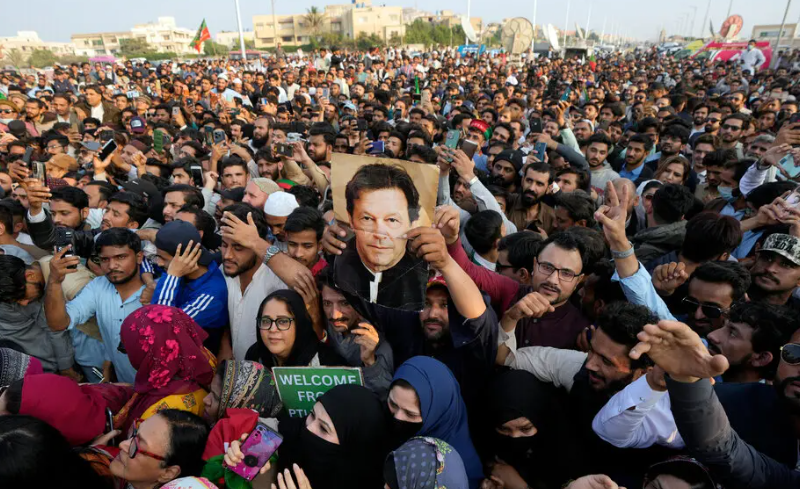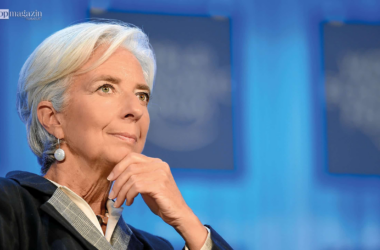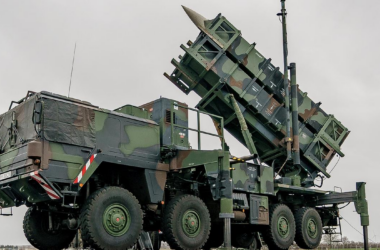Amidst a backdrop of recent airstrikes between Iran and Pakistan, targeting alleged militant camps, the geopolitical landscape in the Middle East faces new uncertainties. The exchange of hostilities has raised concerns about the region’s stability, prompting Pakistan, despite facing the initial strike, to signal a desire for de-escalation. However, this diplomatic maneuvering is driven not only by a commitment to diffuse tensions but also by Pakistan’s precarious internal situation, characterized by economic crises, political turmoil, and strained international relations.
The swift Pakistani response to the airstrikes emphasized a dual message – a clear assertion of sovereignty coupled with an earnest appeal for dialogue and cooperation. The term “brotherly countries” was employed, highlighting the desire to maintain a diplomatic channel despite the military exchange. Analysts contend that this outreach is a testament to Pakistan’s limited capacity to engage in a protracted conflict, given its existing challenges.
Pakistan’s internal landscape is fraught with complexities, including a two-year economic crisis and political turmoil that has significantly undermined the country’s powerful military establishment. Terrorist attacks have surged, tensions with arch-rival India persist, and relations with the Taliban government in Afghanistan have soured. Against this backdrop, the recent clash with Iran adds another layer to Pakistan’s geopolitical challenges.
The timing of the confrontation is critical as Pakistan anticipates parliamentary elections in early February, the first since the removal of former Prime Minister Imran Khan in April 2021. Khan’s ouster triggered a political crisis, exposing deep-seated resentment, particularly among the younger and middle-class population, towards the military’s perceived interference. Tens of thousands have protested, breaching military installations and expressing discontent with the military’s influence.
The political turmoil has been further exacerbated by a resurgence of violence from insurgent groups targeting political and military entities over the past two years. The attacks highlight the fragile stability within Pakistan and contribute to growing tensions with the Taliban in Afghanistan. The economic situation, heavily reliant on an International Monetary Fund loan, further limits Pakistan’s capacity for prolonged military engagements.
In this complex scenario, Pakistan’s military strategists find themselves walking a fine line. On one hand, there is a need to address provocations to maintain national sovereignty and deter adversaries. On the other, a confrontational posture risks exacerbating existing challenges and potentially sparking a multifront dilemma.
The recent military exchange with Iran underscores the military’s role in shaping Pakistan’s foreign policy despite growing discontent among the populace. The response to Iran aligns with Pakistan’s historical patterns of measured military force in response to provocations by neighbors. By targeting separatists in the Baluch ethnic group in Iran, Pakistan mirrored Iran’s actions against a militant group inside Pakistani Baluchistan, showcasing a calculated response aimed at de-escalation.
However, for those living in Baluchistan, the airstrikes serve as a distressing reminder of the enduring violence in the region. Baluchistan, a province straddling Iran and Afghanistan borders, has faced multiple insurgencies since Pakistan’s inception, with the military accused of repression and human rights abuses.
While a military flare-up with Iran seemed unlikely until recently, differences on various issues have strained relations over the years. The recent exchange of missile fire, the first in recent memory, raises concerns about potential sectarian tensions and internal law-and-order challenges in Pakistan.
As Iran signals a willingness to take an off-ramp laid down by Pakistan, both countries navigate a delicate balance between asserting national interests and avoiding a protracted conflict. The geopolitical complexities underscore the challenges faced by Pakistan in maintaining regional stability while grappling with internal crises. The outcome of this diplomatic dance will not only shape Pakistan’s immediate future but also have implications for the broader dynamics of the Middle East.








